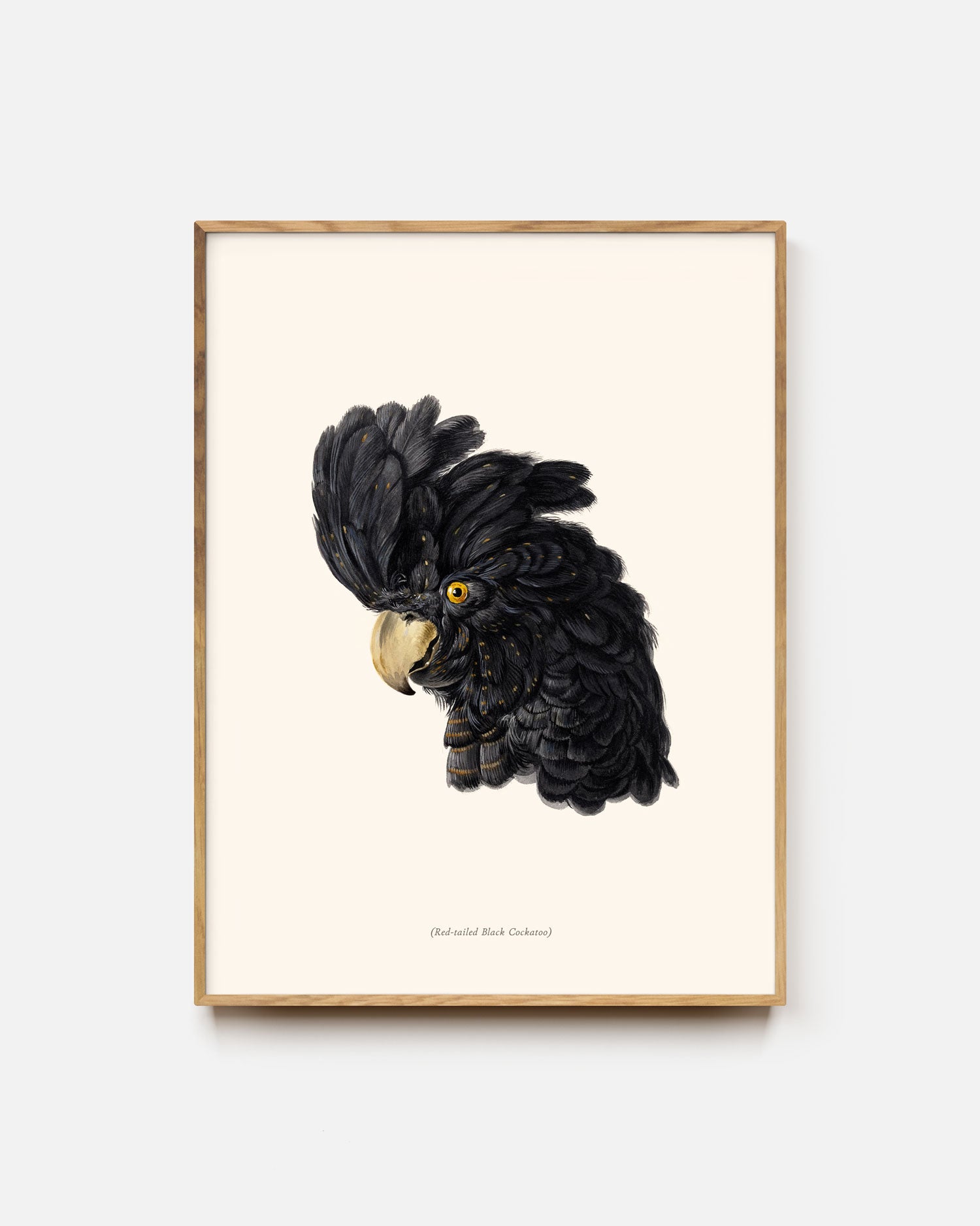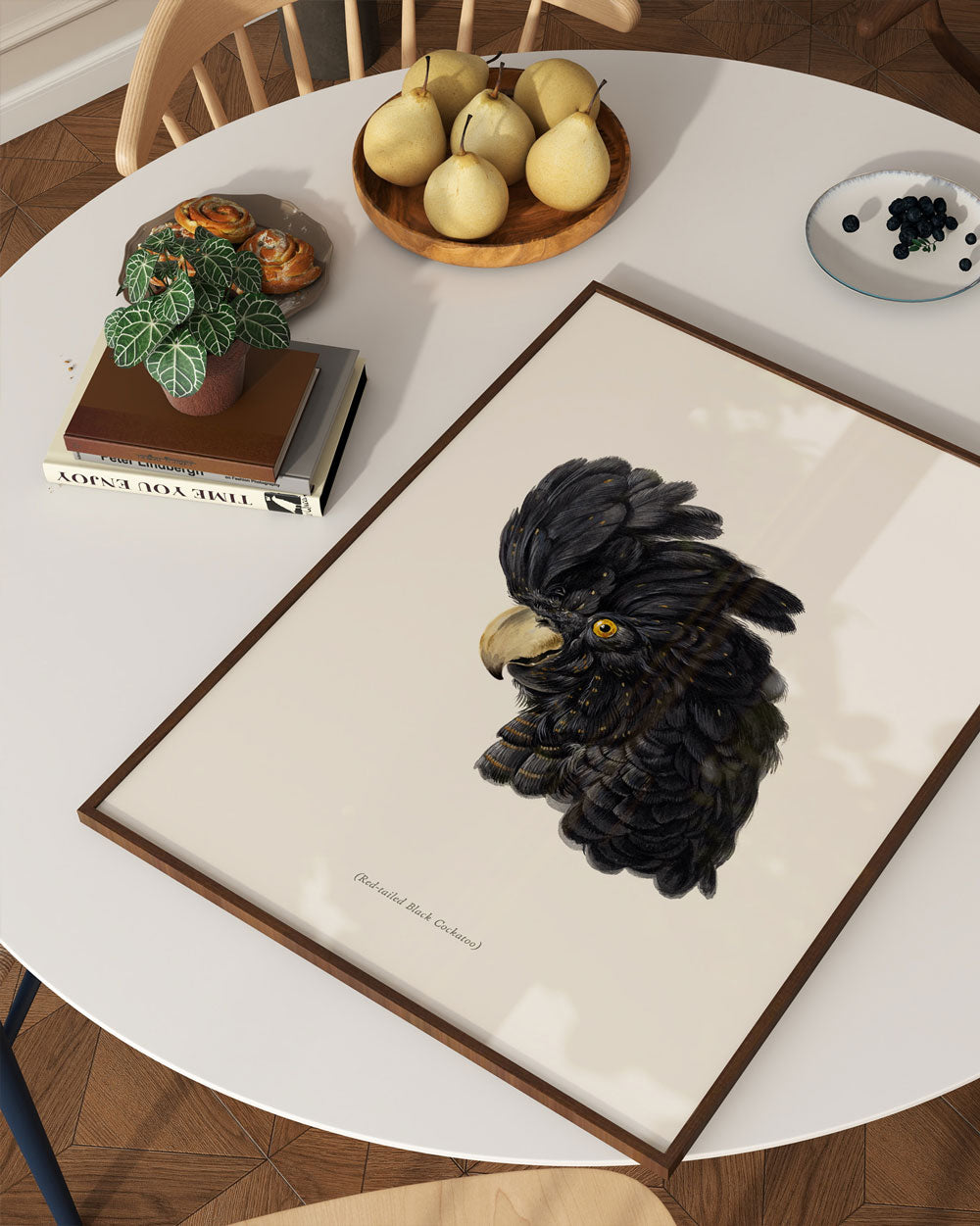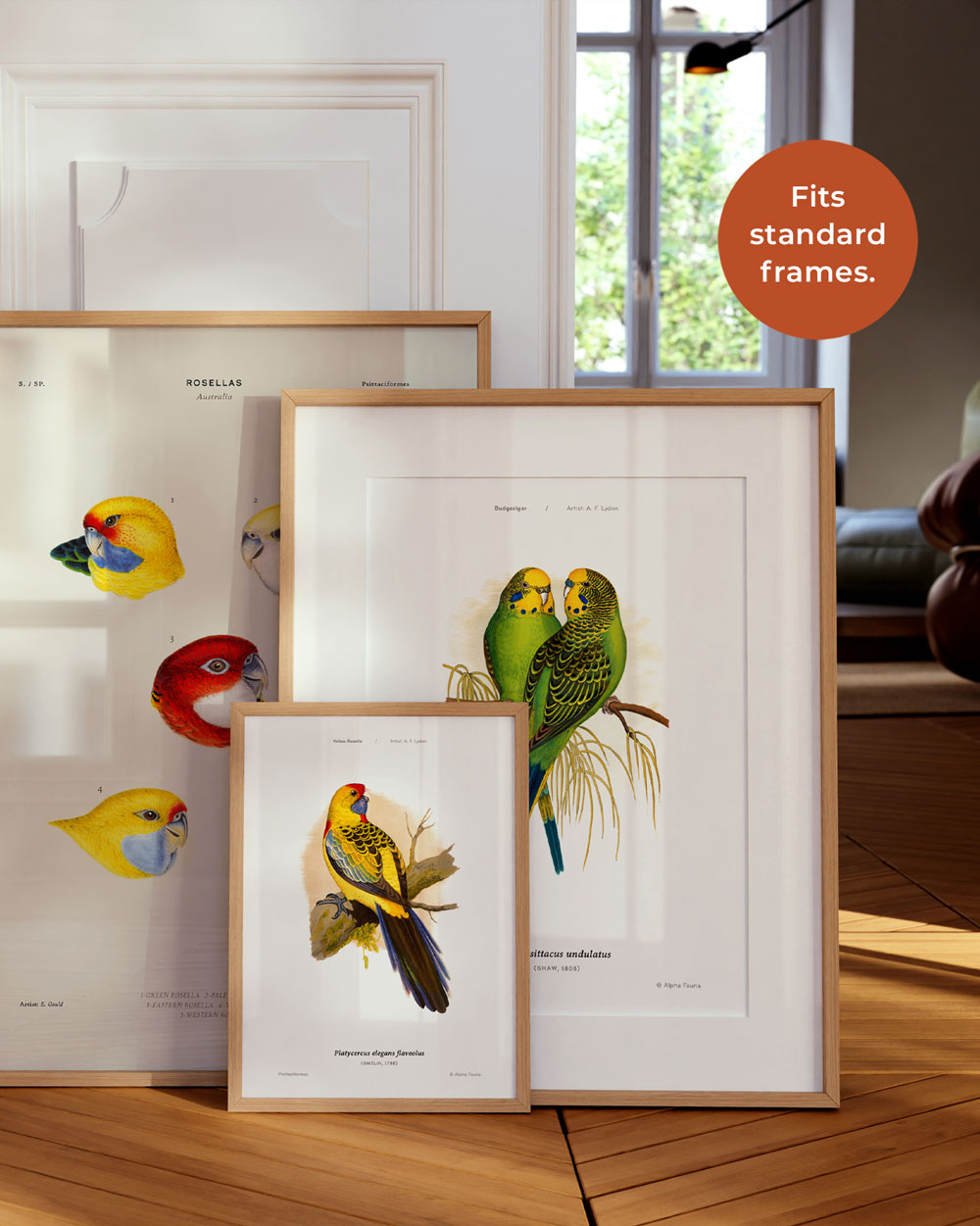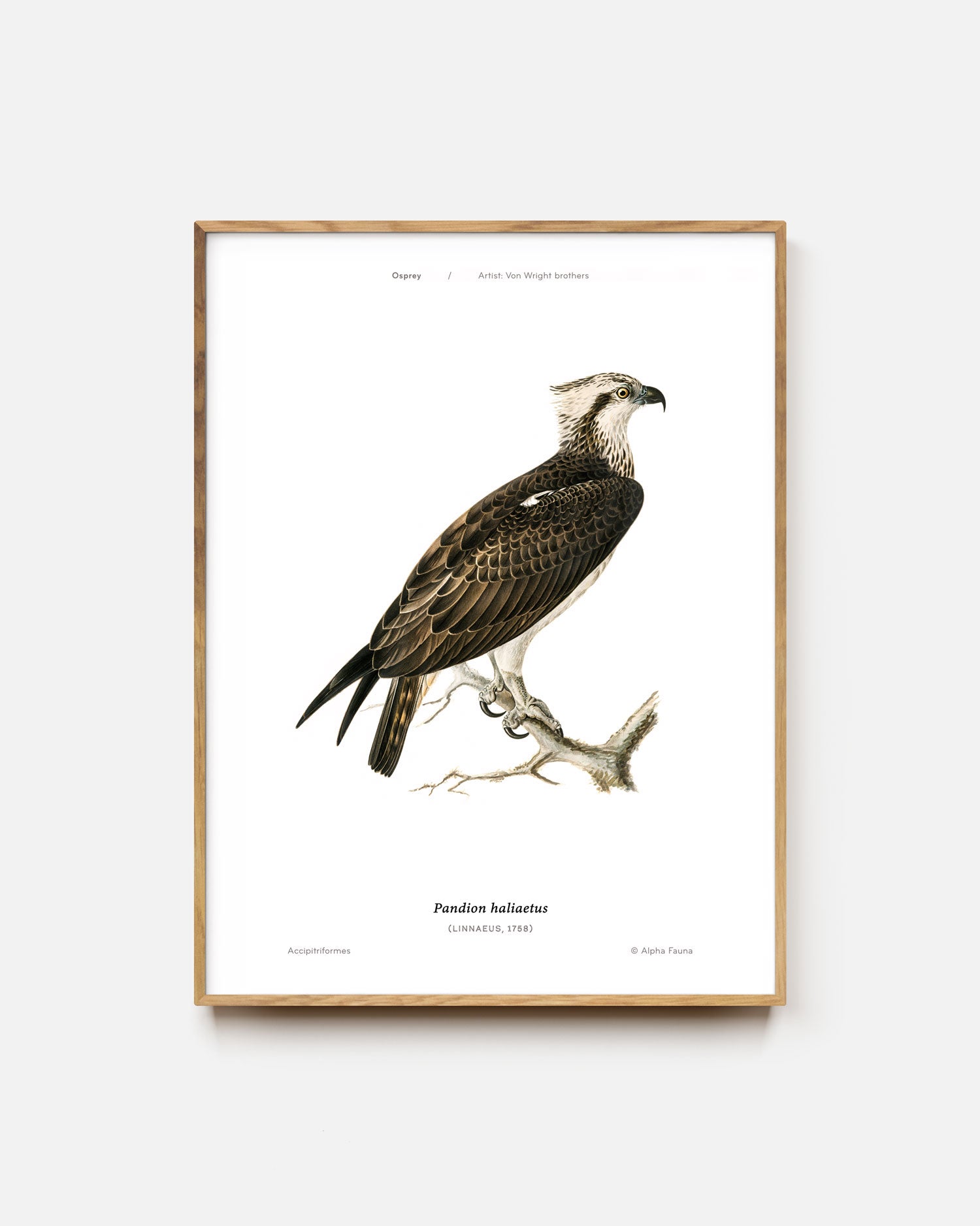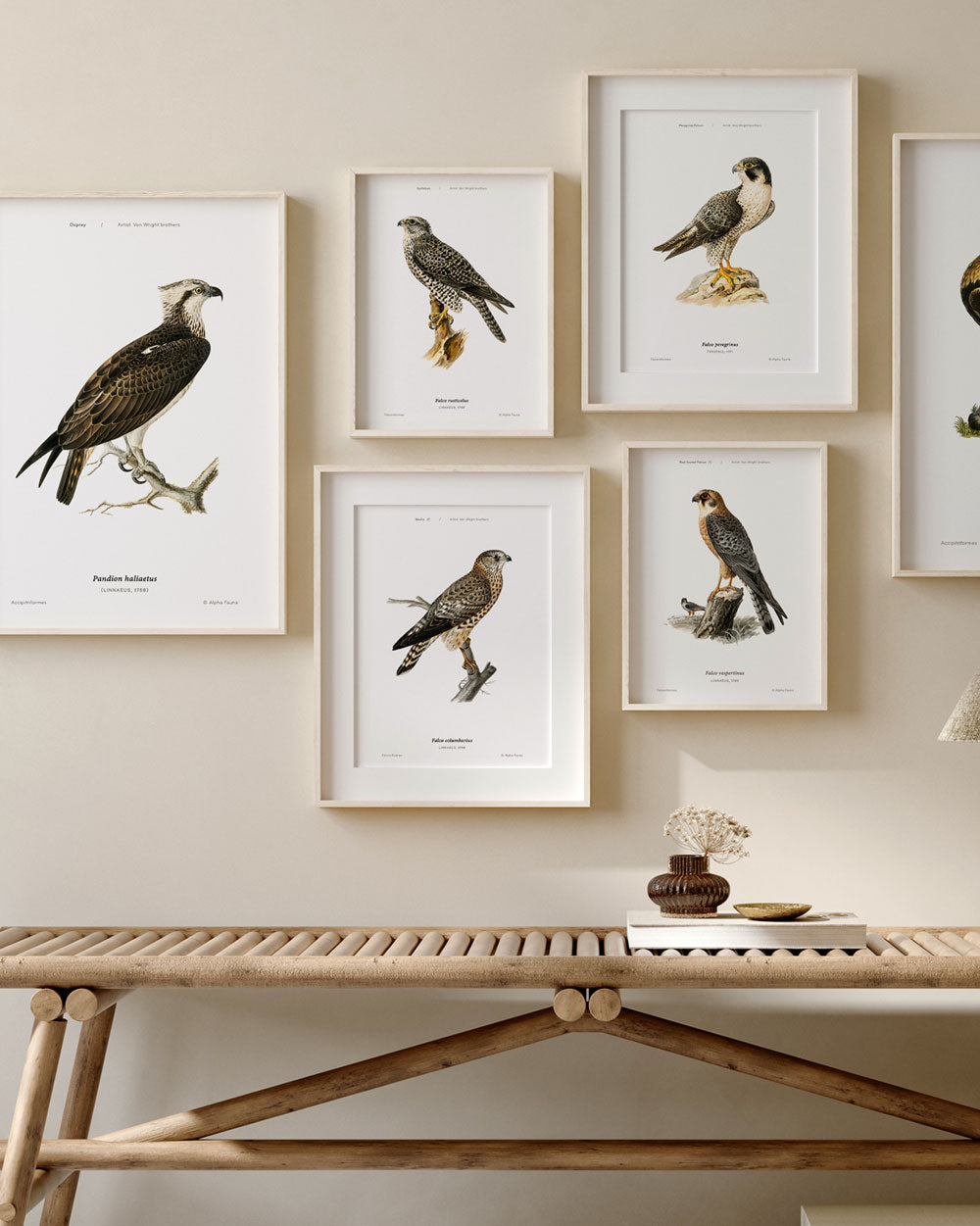In the art world 'glazing' refers to the glass or acrylic that covers the artwork when it’s framed. In this quick guide we’ll run through the options out there to get your art prints framed with the right glaze.
Glazing is the protective barrier that shields your art print from physical damage, as well as environmental factors like air pollutants, dust, moisture, temperature variation, and UV light. This aspect of the framing process becomes more important with high-value artworks.
For clarity, this guide is not for your precious heirlooms or masterpieces. Looking after such art pieces takes skill and knowledge. If you’re the lucky owner of works like that, it’s best to contact an experienced framer.
Key features to consider
There are 3 important features to look for to make sure you get the best finish.
UV protection
Protect your artwork from fading over time due to exposure to direct sun or too much light. Good quality glazes can block out well over 90% of UV light.
Reflection
Have you noticed that you walk into a room sometimes and you can hardly see the artwork because of the glare on it? Well you can fix that by choosing a low-reflective type of glazing, sometimes called art glass.
Glass or acrylic
Glass is the more traditional option, but it is heavy and fragile. Acrylic has become a popular alternative to glass. It is shatterproof and lightweight, but scratches more easily than glass.
Now that many of us are getting items shipped to us, acrylic can be a more practical option.

Types of glazing
For art prints there are a few options to consider:
Regular plate glass
This type of glass is usually cheaper than acrylic and more resistant to scratching. But it has some disadvantages. It is naturally very reflective, doesn’t do much to block UV rays, and can have a slight green tint, which can affect the color of the art behind it.
Conservation glass
This is a more expensive option. To be considered conservation grade, glazing must block at least 97% of UV light.
Museum glass
This premium type of glass is non-reflective. It comes with a hefty price tag, but for very valuable artworks it will be worth the investment. It blocks out 99% of UV rays.
Acrylic
For some the idea of plastic glazing may not be appealing, but it’s turned into an attractive option in recent years. It is cost effective, and offers excellent protection from both UV and infrared damage.
























